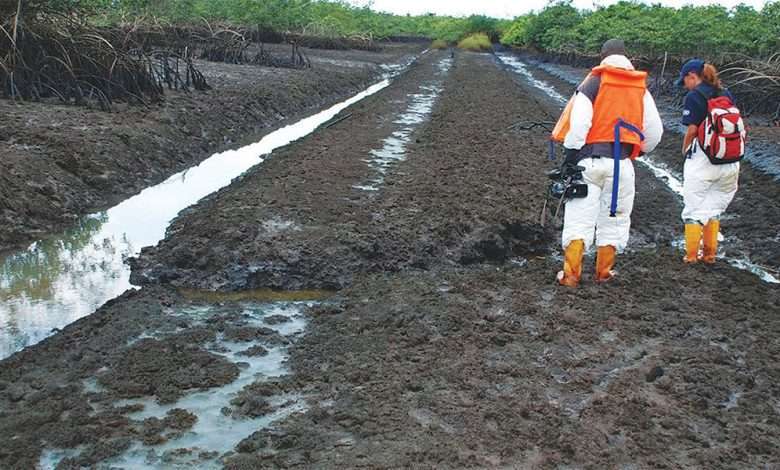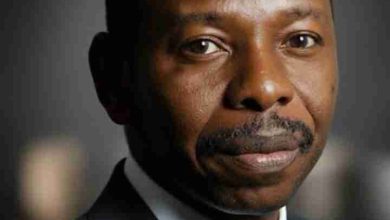
The Hydrocarbon Pollution Remediation Project (HYPREP) has announced significant progress in environmental remediation efforts across Ogoniland, with more sites now remediated and certified, while several others are undergoing cleanup.
Project Coordinator, Prof. Nenibarini Zabbey, disclosed this during the Midterm Stakeholders’ Engagement and Scorecard Presentation for the 2023–2025 period.
Zabbey said HYPREP had achieved the certification and official close-out of 50 remediated lots across 17 UNEP-assessed sites under its Phase 1 Remediation of Simple Sites. He added that HYPREP also secured NOSDRA certification and closure for 13 Category N Sites — locations initially lacking sufficient data but which were reinvestigated and found to have undergone natural attenuation, reducing contamination to acceptable levels.
According to him, remediation of 1,700 hectares of oiled shoreline is now 53% completed, while the project is advancing work on 39 lots across 17 medium-risk complex sites, covering 125.39 hectares of hydrocarbon-impacted land.
He also noted that HYPREP has launched the world’s largest mangrove restoration initiative, targeting oil-degraded ecosystems in Ogoniland. The pilot phase, covering 560 hectares, is 93% complete.
As part of broader environmental commitments, HYPREP is working to designate the Ogoni mangrove wetlands as a Ramsar Site — a globally recognized status for ecologically significant wetlands.
Prof. Zabbey highlighted the impact of the Livelihood Restoration Programme, which has benefited Ogoni youths and women through skills training, business support, scholarships, internships, and direct job creation.
“HYPREP has created over 7,000 direct employment opportunities across more than 100 project sites in the four LGAs of Ogoniland,” he said.
On potable water, he confirmed the completion and operationalisation of 10 water stations supplying 30 Ogoni communities. Water Consumer Associations (WCAs) have also been established to ensure sustainability.
In healthcare, HYPREP has renovated sections of Bori, Nchia, and Terabor General Hospitals, as well as the Kpite Primary Health Centre, equipping them with modern medical devices and solar power.
Zabbey revealed that construction of a 43-bed cottage hospital in Buan is 93% complete, while a 100-bed Ogoni Specialist Hospital, now 76% complete, will feature an oncology unit serving Ogoniland and neighbouring states.
The agency has also begun construction of a Centre of Excellence for Environmental Restoration (CEER), now 85% complete, and expected to be inaugurated later this year.
To improve public health data, HYPREP is collaborating with the World Health Organization’s International Agency for Research on Cancer (IARC) for a comprehensive health study assessing hydrocarbon exposure.
On security and environmental protection, Zabbey reported progress in curbing oil theft and artisanal refining through patrols, sensitisation campaigns, and cooperation with the Ogoni Ex-Artisanal Refiners Forum.
However, he noted that challenges persist, including misinformation, land disputes, chieftaincy conflicts, and litigation, which have slowed progress at some sites.
He called for continued cooperation:
“Ownership, cooperation, and vigilance by the people will ensure that these interventions are protected and maximised for generations to come,” Zabbey said.




